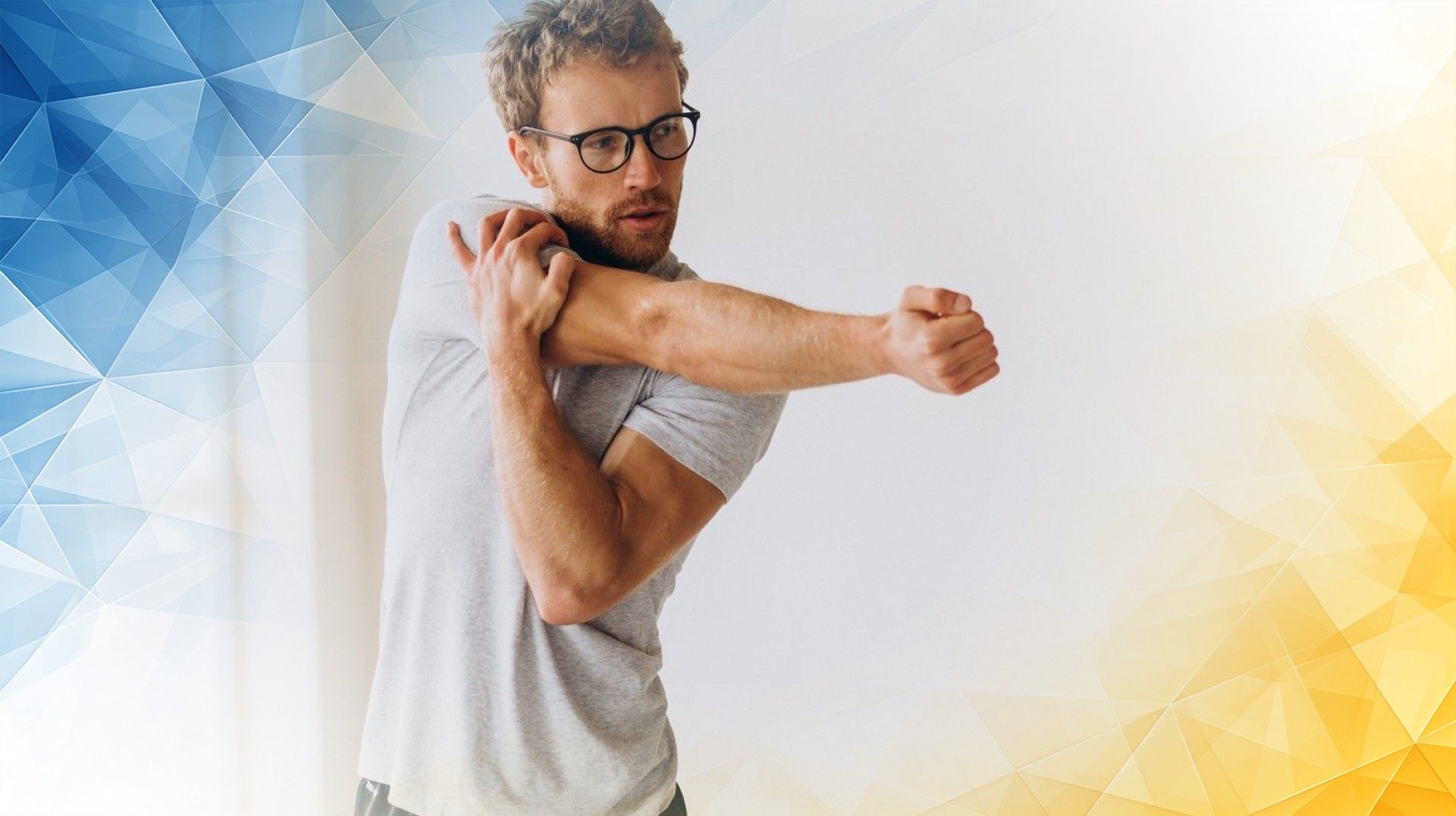



A labrum tear is a common shoulder injury involving damage to the cartilage ring (the labrum) that helps keep your shoulder joint stable and moving smoothly. When the labrum is injured, you might experience pain, weakness, or difficulty with normal activities and sports. One of the most effective pathways to recovery is performing targeted rotator cuff exercises to strengthen the muscles that support your shoulder. This guide shares essential information and practical tips, backed by current research, to help you safely rebuild strength and stability after a labrum tear. Physiotherapists can design effective exercise programs for these injuries regardless of their level of experience, so you can feel confident about getting started with guidance (Littlewood et al., 2015).
The labrum is a strong cartilage ring that lines the edge of your shoulder socket. It acts like a gasket, helping to secure the upper arm bone (humerus) and keep the joint stable. Labrum tear s can result from sudden impacts, repetitive overhead motions common in sports, or simply from daily wear and tear over time. Symptoms may include sharp pain, clicking sounds, or a feeling like your shoulder could “give out.” Understanding how and why the labrum tears is the first step to knowing which exercises can best help protect and heal your shoulder.
The rotator cuff is a group of four key muscles and their tendons that wrap around your shoulder joint—think of them as the supportive ropes keeping a tent upright and steady. These muscles stabilize and guide your shoulder during movement. After a labrum tear , the rotator cuff can become weak or unbalanced, leading to pain and instability. Targeted exercises not only rebuild strength and coordination in these muscles but also take pressure off the injured labrum. Research highlights that working the rotator cuff with gentle, controlled movements helps the shoulder heal, and that including some level of resistance brings meaningful improvements—though the perfect level of resistance isn’t set in stone. Most people see noticeable progress within about three months (Littlewood et al., 2015). Gains in both internal and external rotation strength have been demonstrated with regular, focused exercise programs (Moncrief et al., 2002).
It’s important to start slowly and protect your healing shoulder as you build strength. Here are some recommended exercises that you can do at home:
Many people successfully overcome labrum tear s and return to their favorite activities with the right exercise plan. For example, one tennis player regained full, pain-free shoulder use in six months by sticking to a supervised rehab plan. The key is a program tailored to your needs with regular adjustments based on your progress. Experts recommend focusing on good technique, avoiding the temptation to “cheat” using other muscle groups, and making these exercises a routine part of your day. Consistency and patience are your best allies in recovery.
Labrum tear recovery is a journey that requires time, problem-solving, and the right strategy. By targeting your rotator cuff muscles with safe and progressive exercises, you can regain stability, reduce pain, and restore your shoulder’s function. Work closely with your healthcare team, move at your own pace, and trust that every step you take gets you closer to full recovery. Remember: commitment and gradual progress are key to stronger, healthier shoulders .
This guide blends scientific insight and practical tips so you can start your shoulder rehab journey with confidence. With patience and the right approach, you’ll be back to moving—and living—the way you want.
Littlewood, C., Malliaras, P., & Chance-Larsen, K. (2015). Therapeutic exercise for rotator cuff tendinopathy. International Journal of Rehabilitation Research, 38(2), 95–106. https://doi.org/10.1097/mrr.0000000000000113
Queiroz, J. H. M. de, de-Medeiros, M. B., de-Lima, R. N., & Cerdeira, D. de Q. (2022). Exercise for rotator cuff tendinopathy. Revista Brasileira De Medicina Do Trabalho, 20(03), 498-504. https://doi.org/10.47626/1679-4435-2022-698
Moncrief, S. A., Lau, J. D., Gale, J. R., & Scott, S. A. (2002). Effect of rotator cuff exercise on humeral rotation torque in healthy individuals. The Journal of Strength and Conditioning Research, 16(2), 262.
All our treatments are selected to help patients achieve the best possible outcomes and return to the quality of life they deserve. Get in touch if you have any questions.
At London Cartilage Clinic, we are constantly staying up-to-date on the latest treatment options for knee injuries and ongoing knee health issues. As a result, our patients have access to the best equipment, techniques, and expertise in the field, whether it’s for cartilage repair, regeneration, or replacement.
For the best in patient care and cartilage knowledge, contact London Cartilage Clinic today.
At London Cartilage Clinic, our team has spent years gaining an in-depth understanding of human biology and the skills necessary to provide a wide range of cartilage treatments. It’s our mission to administer comprehensive care through innovative solutions targeted at key areas, including cartilage injuries. During an initial consultation, one of our medical professionals will establish which path forward is best for you.
Contact us if you have any questions about the various treatment methods on offer.
Legal & Medical Disclaimer
This article is written by an independent contributor and reflects their own views and experience, not necessarily those of londoncartilage.com. It is provided for general information and education only and does not constitute medical advice, diagnosis, or treatment.
Always seek personalised advice from a qualified healthcare professional before making decisions about your health. londoncartilage.com accepts no responsibility for errors, omissions, third-party content, or any loss, damage, or injury arising from reliance on this material. If you believe this article contains inaccurate or infringing content, please contact us at [email protected].